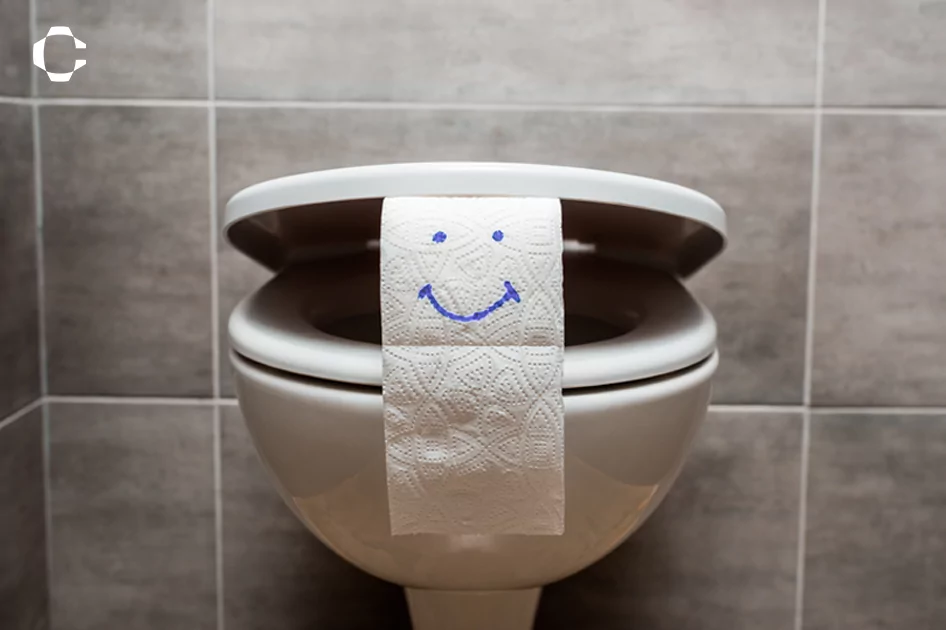Ever think the world of toilets would be so fascinating? You have no idea. From historical anecdotes to modern innovations, this article is about to take you on a unique journey through 10 intriguing toilet facts that you likely never knew.
Discover the surprising origins of the modern toilet, explore ancient sanitation practices, and learn about the latest technology from Casana that will transform our bathroom and healthcare experiences.
Whether you’re a history enthusiast or simply a curious mind, this blog promises to leave you flush with knowledge! So grab some toilet paper (just in case!), and join us on this mind-bowel-ing adventure.
1. In the span of a year, an individual typically uses the toilet approximately 2500 times.
We use the toilet around 2500 times annually, which equates to an average of six to nine times a day for most individuals. This frequent need to relieve ourselves emphasizes the importance of toilets as an integral part of our daily lives and highlights the significance of proper sanitation and hygiene practices.
2. China has public toilets for dogs.
In China, some cities have embraced pet-friendly initiatives by providing public toilets specifically designed for dogs. These facilities cater to the needs of pet owners while promoting a cleaner and more hygienic urban environment. These dog-friendly restrooms often include waste disposal stations and water fountains to ensure the comfort and convenience of canine companions during outings.

3. The amount of bacteria found on mobile phones is 18 times higher than that on toilet handles.
Studies have shown that mobile phones harbor approximately 18 times more bacteria than the flush handles of a typical public toilet. The reason behind this startling fact is that our phones are frequently in contact with our hands, faces, and various surfaces, providing ample opportunities for bacteria transfer. Furthermore, many people neglect to clean their phones regularly, allowing bacteria to accumulate and potentially pose health risks.

4. The oldest toilet, located in Knossos, Greece, remained operational for around 4,000 years.
The oldest toilet, discovered in the ancient city of Knossos on the island of Crete, Greece, has stood the test of time and remained functional for approximately 4000 years since its construction. This remarkable feat of engineering showcases the advanced sanitation practices of the Minoan civilization, with the toilet featuring a seat and a sophisticated drainage system. The enduring design and longevity of this ancient toilet provide valuable insights into the evolution of sanitation and engineering prowess in ancient civilizations.
5. The average life expectancy of a toilet is 50 years.
The average life expectancy of a toilet is around 50 years, given that it is well-maintained and not subjected to excessive wear and tear. Proper care, regular cleaning, and addressing minor issues promptly can extend its lifespan significantly.
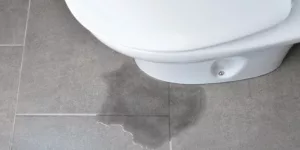
6. The first modern toilet seat prototype was built by a poet.
The first modern toilet seat prototype was built in 1775 by the poet and inventor, Alexander Cumming. As an innovative mind, Cumming designed a hinged wooden seat for increased comfort and sanitation, thus laying the foundation for the modern toilet seats we use today. His inventive approach to improving toilet design showcases the influence of creativity and ingenuity in unexpected areas of human innovation.
7. The first toilet cubicle in a row is the least occupied and oftentimes the cleanest.
The first toilet cubicle in a row is often the least occupied and considered the cleanest due to people’s tendency to choose cubicles further away. This pattern of behavior is a result of a privacy preference, where individuals prefer end stalls or those in the middle. As a result, the first cubicle generally sees less traffic and is perceived as the most hygienic option in public restrooms.
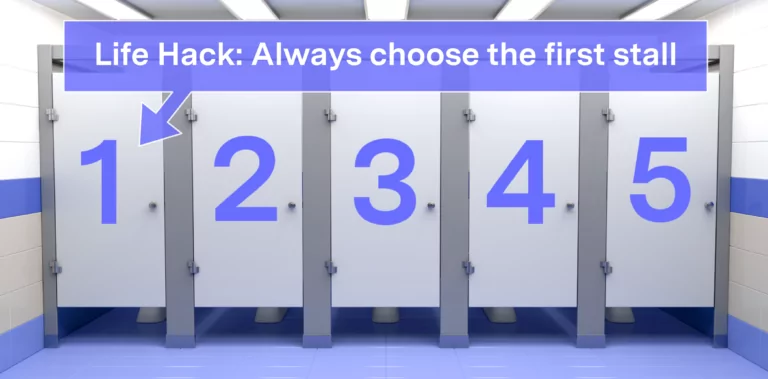
8. We spend about three years of our lives on the toilet.
On average, individuals spend approximately three years of their lives on the toilet. This significant amount of time reflects the essential role of bathrooms in our daily routines, from personal hygiene to moments of relaxation and reflection. Considering the frequency of visits over a lifetime, it emphasizes the importance of having clean and comfortable restroom facilities that contribute to our overall well-being and convenience.
9. The average person uses about 57 sheets of toilet paper every day.
The average person uses approximately 57 sheets of toilet paper daily. This usage can vary based on factors such as cultural norms, personal habits, and the quality of the toilet paper used. The demand for toilet paper highlights its critical role in maintaining hygiene and comfort, driving the industry to continuously innovate and offer more sustainable and eco-friendly options.
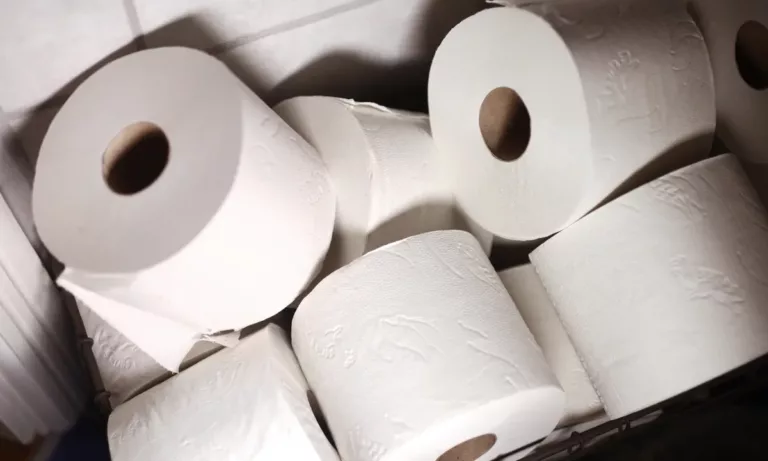
10. The world’s largest toilet-themed restaurant is located in Taipei, Taiwan. It’s called “Modern Toilet”.
The world’s largest toilet-themed restaurant, “Modern Toilet,” is situated in Taipei, Taiwan. This unique dining establishment is known for its quirky and unconventional interior, where diners sit on toilet-shaped seats and eat from dishes resembling wash basins and toilet bowls. The restaurant’s theme, though unusual, has garnered international attention, making it a popular and memorable dining experience for locals and tourists alike.
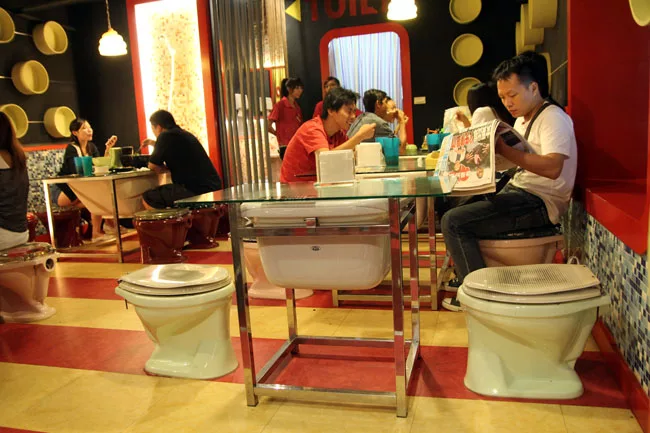
11. The Heart Seat®: As a special treat, here are five bonus facts about Casana’s Heart Seat, the first FDA-cleared smart toilet seat to measure cardiovascular health.
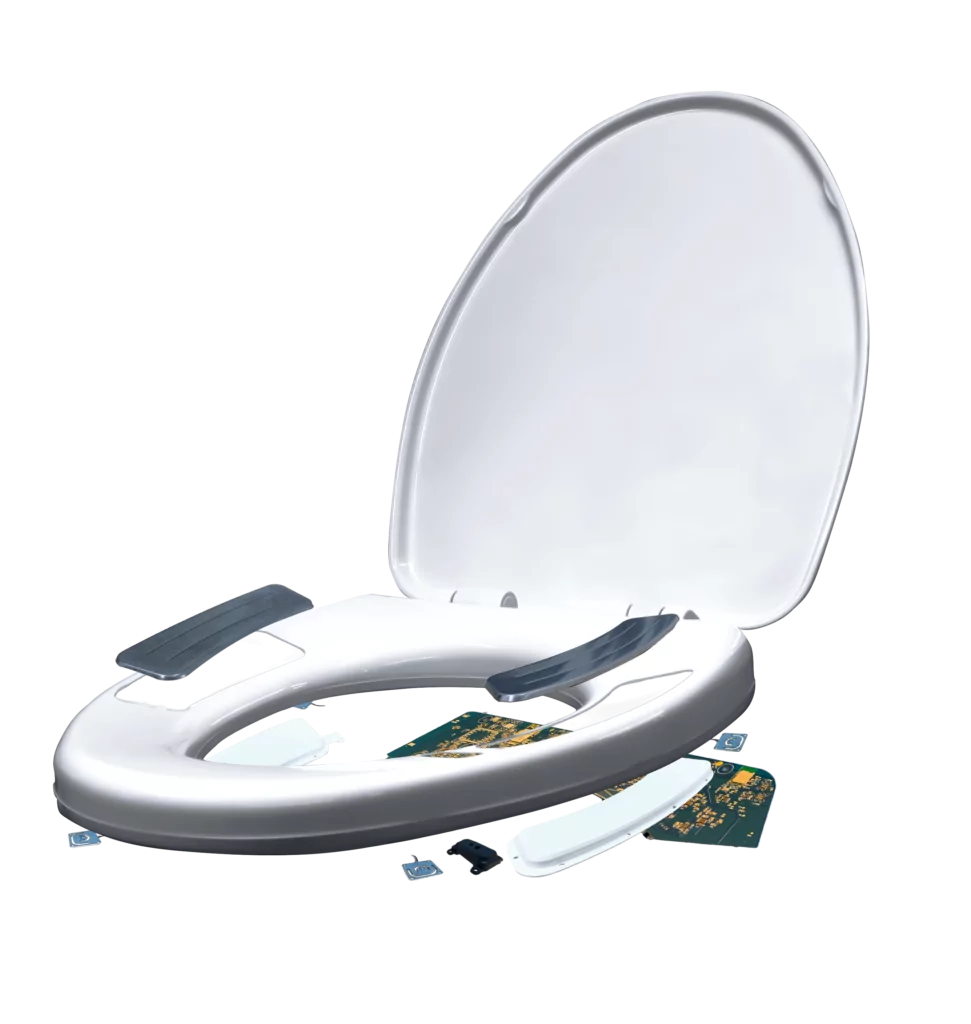
- The Heart Seat is FDA cleared to measure SpO2 and HR in the home.
- The Heart Seat has a proprietary bio-identification algorithm that distinguishes individual users and only displays health data of a designated user to the appropriate provider or care team.
- When coming up with the idea for the Heart Seat in 2014, Nick did something quite unique – he strapped electrodes to his thighs! Who knew that this quirky experiment would lead to the development of a groundbreaking healthcare technology for effortless monitoring.
- Casana has launched 18+ IRB studies, with over 1000 subjects to show that the Heart Seat produces accurate and reliable clinically relevant data.
- Casana has a Smart Integrated Technologies (SIT) Lab in Rochester, NY, where clinical research is conducted using the Heart Seat. If you’re local to the area, you can sign up to be a research participant today.
Toilets have played a crucial role in shaping human sanitation and comfort over the years. Remember, the toilet is not just a mundane necessity; it’s a testament to human ingenuity and progress.
Recommended insights
Boldly Growing: A Start-Up Founder’s Guide to Sustainable Success
Austin led the company through its acquisition by Vista Equity Partners in 2017, and subsequent $4B+ IPO in 2020. Austin is a Forbes 30 Under 30, was named Ernst & Young Technology Entrepreneur of the Year in 2016, and earned recognition as one of the nation's top 50 philanthropists in 2017.
Toilet Talk: The Supply Chain Significance
Supply chain fluctuations continue to affect the availablity of goods, smart toilet seats included.
The Heart Seat Virtual Survey
Interested in Casana’s Research? Now’s your chance! Fill out our Heart Seat Virtual Survey and be paid for your time, all while supporting the advancement of medical sciences in the process! Casana’s vision is to create...Read More
